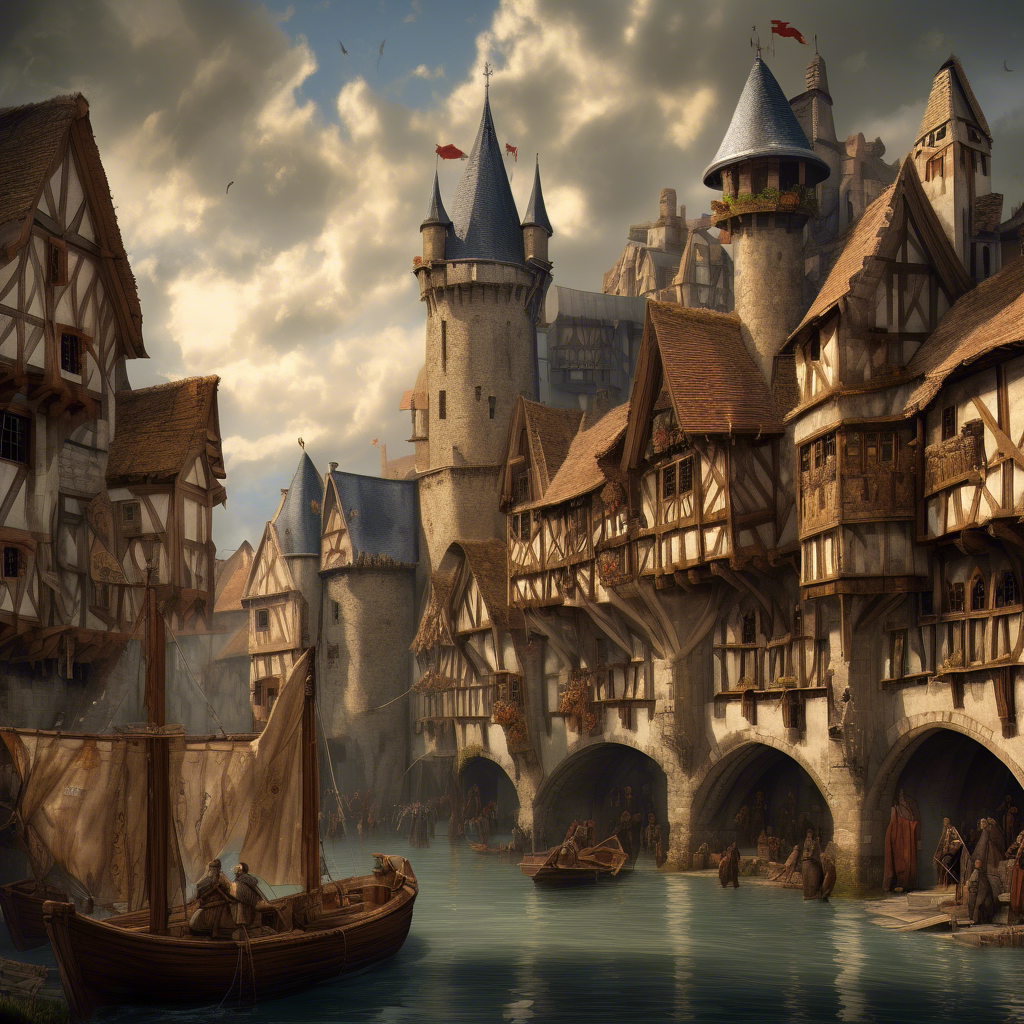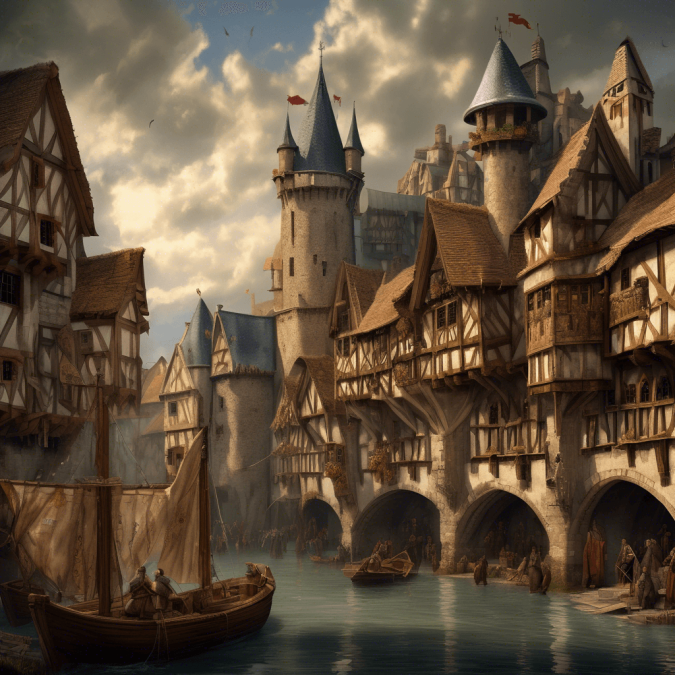
The medieval era, also known as the Middle Ages, is a fascinating period in history that spans from the fall of the Roman Empire in the 5th century to the beginning of the Renaissance in the 15th century. This time period is characterized by a focus on feudalism, chivalry, and the rise of powerful kingdoms and empires. The discovery of the medieval era and its impact on people’s lives have greatly shaped the course of world history.
The medieval era was a time of great change and transition for Europe, the Middle East, Asia, and Africa. The fall of the Roman Empire in the 5th century marked the beginning of the medieval era, and with it came a shift in power and governance. The once powerful Roman Empire was now divided into several smaller kingdoms and empires, each vying for control and dominance.
During the medieval era, weapons played a crucial role in shaping the course of history. From swords and shields to crossbows and catapults, warfare was a common occurrence during this time period. The development of new weapons and tactics led to the rise of powerful empires and the fall of others. Wars were fought over land, resources, and power, resulting in significant changes to the political landscape of the medieval world.
Governments in the medieval era were often feudalistic in nature, with kings and lords ruling over their subjects through a system of vassalage and fealty. Feudalism was a complex system of land ownership and loyalty, with peasants working the land in exchange for protection and shelter. The medieval era saw the rise of powerful monarchs and emperors who wielded immense power and influence over their subjects.
Humans and animals played a crucial role in the medieval era, with both being integral to the daily lives of people. Humans worked the land, fought in wars, and governed kingdoms, while animals provided transportation, labor, and sustenance. The relationship between humans and animals was symbiotic, with each relying on the other for survival.
Before and after the medieval era, the world looked vastly different. The discovery of the medieval era and its impact on people’s lives led to significant changes in technology, culture, and society. It saw the rise of new machines and technologies, such as the waterwheel and the windmill, which revolutionized agriculture and industry. These advancements paved the way for the technological innovations of the Renaissance and beyond.
Dates play a crucial role in understanding the medieval era and its impact on world history. It spanned from the fall of the Roman Empire in the 5th century to the beginning of the Renaissance in the 15th century. During this time period, Europe, the Middle East, Asia, and Africa underwent significant changes in governance, warfare, and culture.
It had a lasting impact on world history, shaping the course of events for centuries to come. The discovery of the medieval era and its impact on people’s lives have greatly influenced the development of modern society and technology. The legacy of the medieval era lives on in the form of castles, cathedrals, and works of art that continue to inspire and captivate people around the world.
In conclusion, it was a transformative period in history that saw profound changes in governance, warfare, and culture. The discovery of the medieval era and its impact on people’s lives have greatly shaped the course of world history, leaving behind a lasting legacy that continues to influence society to this day.
